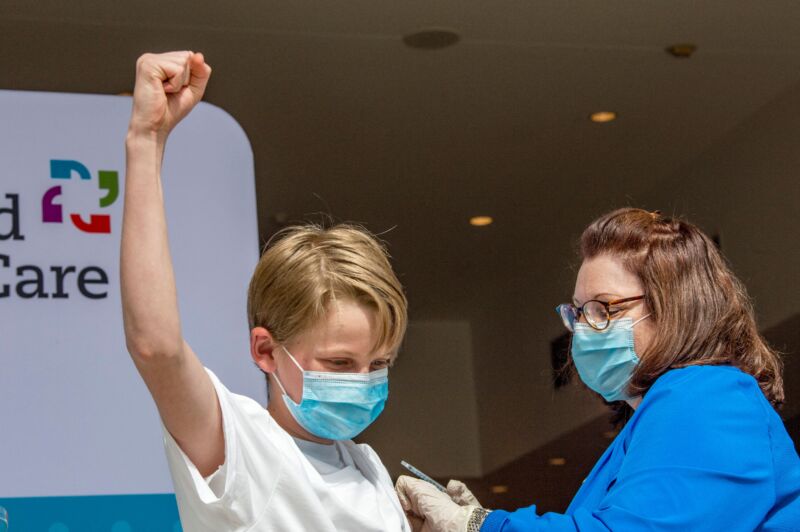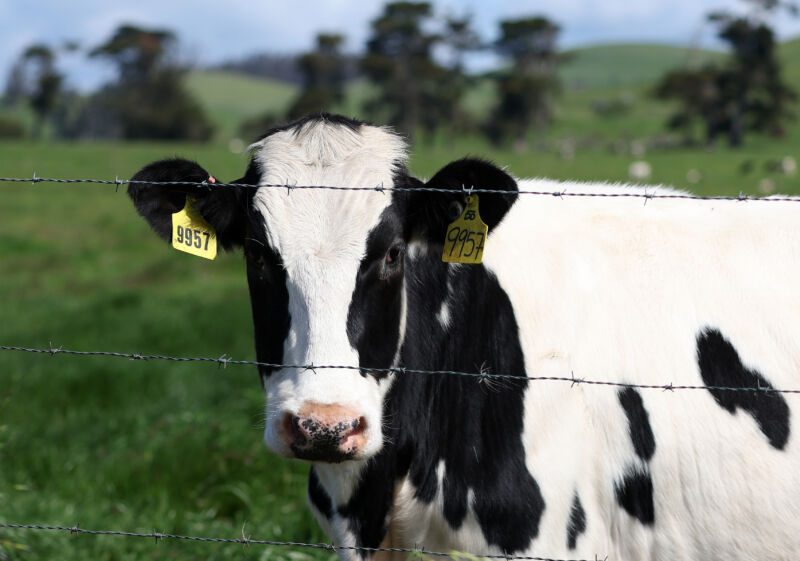Over 86% of surveyed health care providers are short on IV fluids
More than 86 percent of healthcare providers surveyed across the US are experiencing shortages of intravenous fluids after Hurricane Helene's rampage took out a manufacturing plant in western North Carolina that makes 60 percent of the country's supply.
IV fluids are used for everything from intravenous rehydration to drug delivery. The plant also made peritoneal dialysis fluids used to treat kidney failure.
Premier, a group purchasing organization for medical supplies that counts thousands of hospitals and health systems among its members, surveyed 257 such providers earlier this week. The poll makes clear that supplies are unsurprisingly imperiled.


© Getty | Bevan Goldswain

